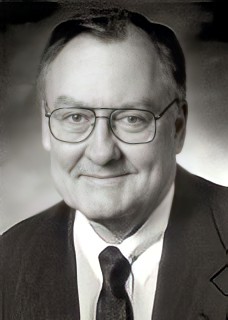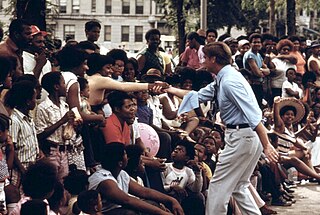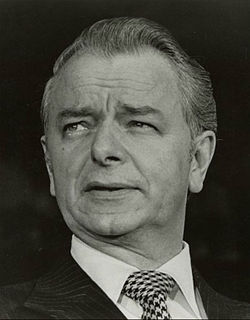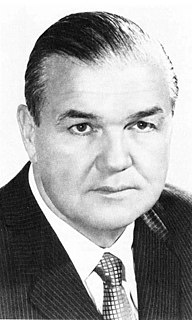This article relies largely or entirely on a single source .(December 2015) |
| ||||||||||||||||||||
| ||||||||||||||||||||
 Red denotes a county carried by Thompson, Blue by Howlett. | ||||||||||||||||||||
| ||||||||||||||||||||

Gubernatorial elections were held in Illinois on November 2, 1976. Incumbent Governor Dan Walker lost renomination in favor of Secretary of State Michael J. Howlett, who was a Daley ally. Howlett then lost the general election to Republican James R. Thompson. This election was for a two-year term which would synchronize future gubernatorial elections with midterm election years, rather than presidential election years.

Illinois is a state in the Midwestern and Great Lakes region of the United States. It has the fifth largest gross domestic product (GDP), the sixth largest population, and the 25th largest land area of all U.S. states. Illinois is often noted as a microcosm of the entire United States. With Chicago in northeastern Illinois, small industrial cities and immense agricultural productivity in the north and center of the state, and natural resources such as coal, timber, and petroleum in the south, Illinois has a diverse economic base, and is a major transportation hub. Chicagoland, Chicago's metropolitan area, encompasses over 65% of the state's population. The Port of Chicago connects the state to international ports via two main routes: from the Great Lakes, via the Saint Lawrence Seaway, to the Atlantic Ocean and from the Great Lakes to the Mississippi River, via the Illinois Waterway to the Illinois River. The Mississippi River, the Ohio River, and the Wabash River form parts of the boundaries of Illinois. For decades, Chicago's O'Hare International Airport has been ranked as one of the world's busiest airports. Illinois has long had a reputation as a bellwether both in social and cultural terms and, through the 1980s, in politics.

Richard Joseph Daley was an American politician who served as the 48th Mayor of Chicago for a total of 21 years beginning on April 20, 1955, until his death on December 20, 1976. Daley was the chairman of the Cook County Democratic Central Committee for 23 years, holding both positions until his death in office in 1976. Daley was Chicago's third consecutive mayor from the working-class, heavily Irish American Bridgeport neighborhood on Chicago's South Side, where he lived his entire life. Daley is remembered for doing much to avoid the declines that some other "rust belt" cities—like Cleveland, Buffalo and Detroit—experienced during the same period. He had a strong base of support in Chicago's Irish Catholic community, and he was treated by national politicians such as Lyndon B. Johnson as a pre-eminent Irish American, with special connections to the Kennedy family. Daley played a major role in the history of the Democratic Party, especially with his support of John F. Kennedy in 1960 and of Hubert Humphrey in 1968. Daley is the father of Richard M. Daley, also a former mayor of Chicago, William M. Daley, a former United States Secretary of Commerce, and John P. Daley, a member of the Cook County Board of Commissioners. While many members of Daley's administration were charged with corruption and convicted, Daley himself was never charged with corruption.

James Robert Thompson Jr., also known as Big Jim Thompson, was the 37th and longest-serving governor of the US state of Illinois, serving from 1977 to 1991. A Republican, Thompson was elected to four consecutive terms and held the office for 14 years. Many years after leaving public office, he served as a member of the National Commission on Terrorist Attacks Upon the United States.



















